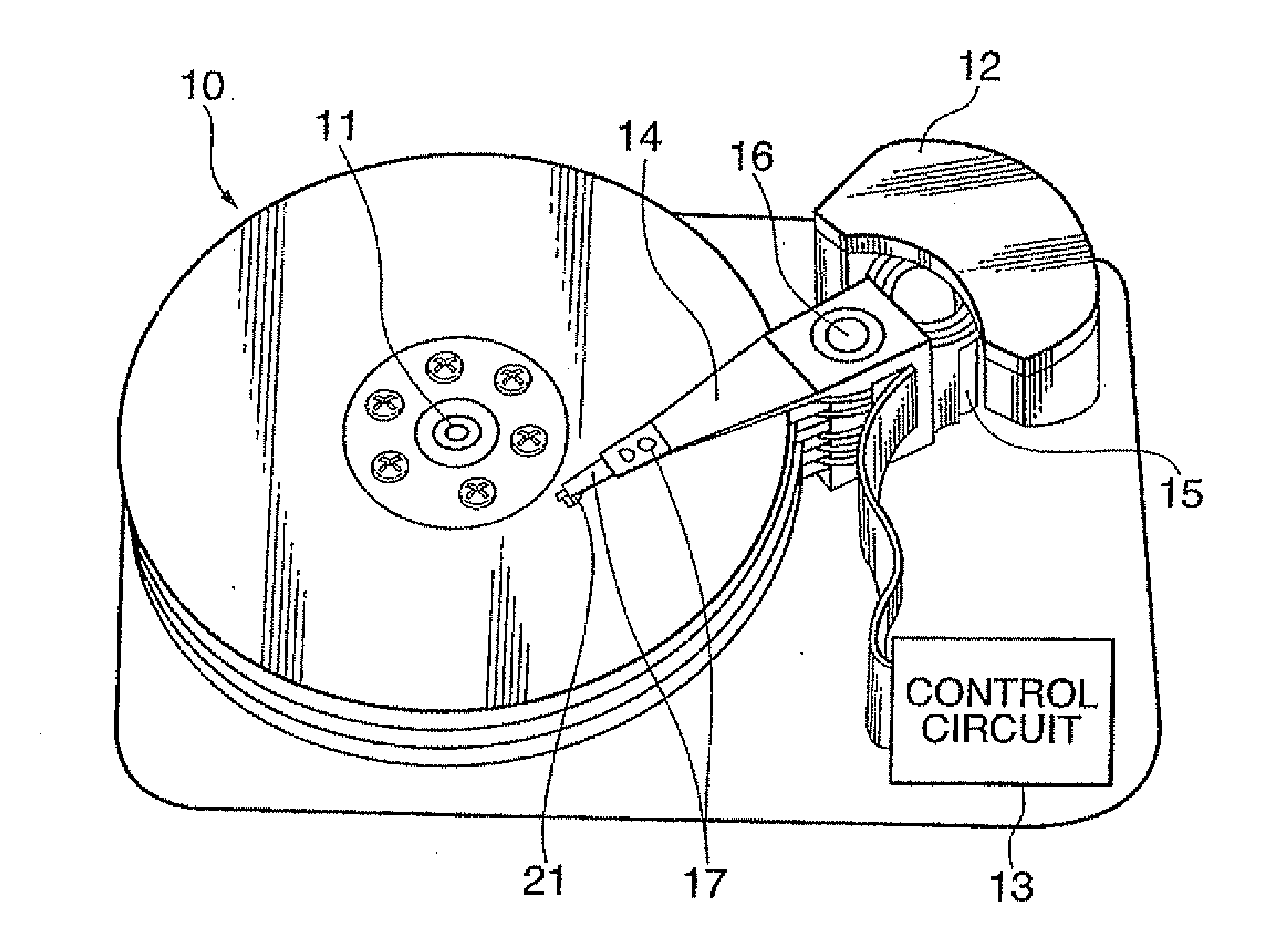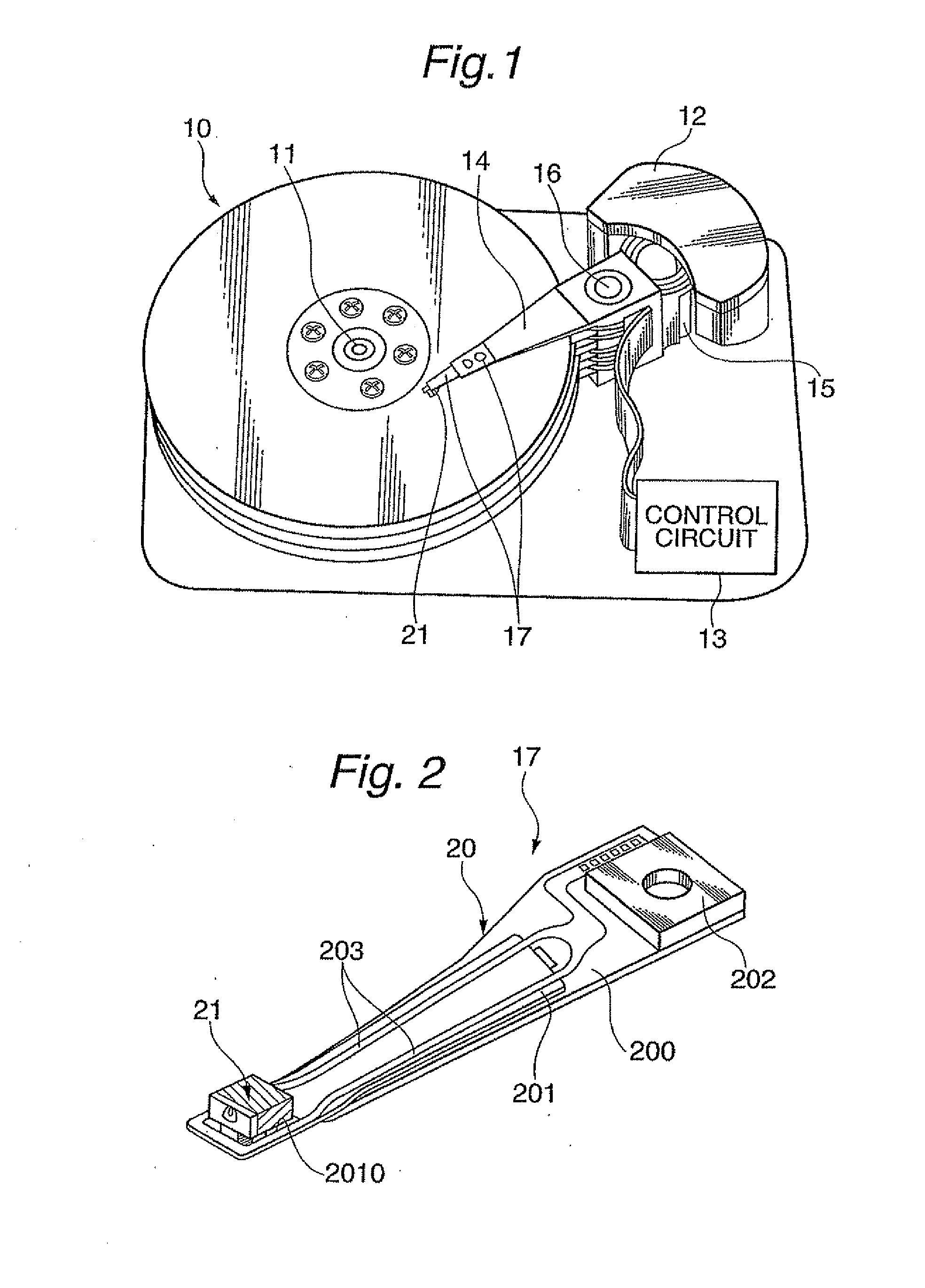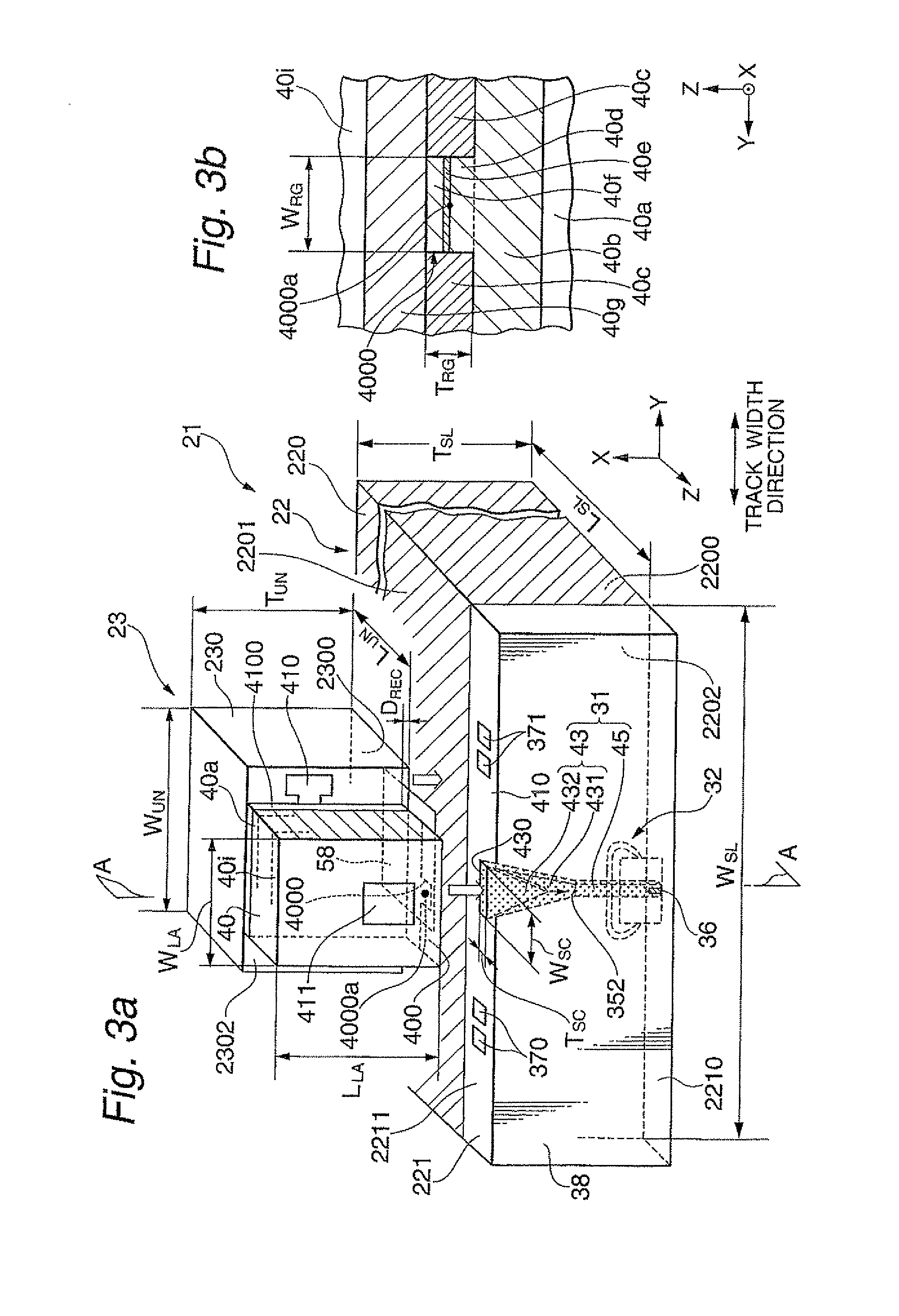Method for manufacturing thermally-assisted magnetic recording head with light source unit
a technology of magnetic recording head and light source unit, which is applied in the direction of mounting head within the housing, special recording techniques, instruments, etc., can solve the problems of deterioration in the thermal stability of the magnetization, the head cannot write data to the magnetic recording medium, and the problem of more significant problems to be solved, and achieve high efficiency
- Summary
- Abstract
- Description
- Claims
- Application Information
AI Technical Summary
Benefits of technology
Problems solved by technology
Method used
Image
Examples
Embodiment Construction
. 7 shows a schematic view for explaining steps S1, Ss2 to Ss4, and SL2 to SL4 (FIG. 6) in one embodiment of the method for manufacturing the thermally-assisted magnetic recording head according to the present invention;
[0045]FIGS. 8a and 8b show schematic views for explaining steps S1, Ss2 to Ss4, and SL2 to SL4 (FIG. 6) in one embodiment of the method for manufacturing the thermally-assisted magnetic recording head according to the present invention;
[0046]FIGS. 9a to 9d show schematic views illustrating step 5 (FIG. 6) of an embodiment of the method for manufacturing the thermally-assisted magnetic recording head according to the present invention; and
[0047]FIG. 10 shows a schematic views illustrating step 6 (FIG. 6) in an embodiment of the method for manufacturing the thermally-assisted magnetic recording head according to the present invention.
DESCRIPTION OF THE PREFERRED EMBODIMENTS
[0048]FIG. 1 shows a perspective view schematically illustrating a structure of a major part in o...
PUM
| Property | Measurement | Unit |
|---|---|---|
| thickness | aaaaa | aaaaa |
| melting point | aaaaa | aaaaa |
| angle | aaaaa | aaaaa |
Abstract
Description
Claims
Application Information
 Login to View More
Login to View More - R&D
- Intellectual Property
- Life Sciences
- Materials
- Tech Scout
- Unparalleled Data Quality
- Higher Quality Content
- 60% Fewer Hallucinations
Browse by: Latest US Patents, China's latest patents, Technical Efficacy Thesaurus, Application Domain, Technology Topic, Popular Technical Reports.
© 2025 PatSnap. All rights reserved.Legal|Privacy policy|Modern Slavery Act Transparency Statement|Sitemap|About US| Contact US: help@patsnap.com



